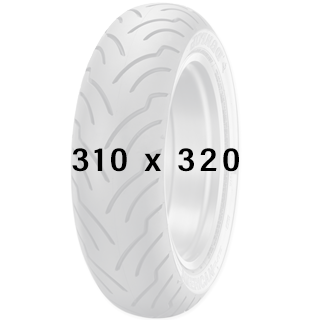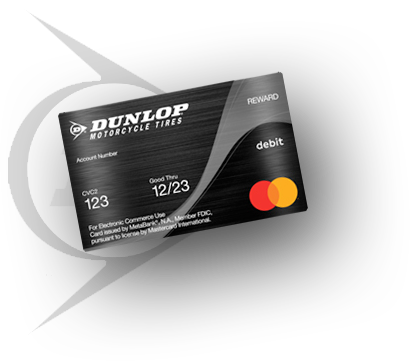How to Carry Out Emergency Motorcycle Tire Repairs
Whether it’s the daily commute or a weekend swinging through the backroads, a flat tire is a big headache for any motorcycle rider.
In some situations, you won’t be able to make a roadside repair and might have to call professional assistance, but this isn’t always the case.
Knowing how to make an emergency motorcycle tire repair can make the situation much less stressful. A roadside repair aims to make the tire functional enough to ride slowly and steadily to the nearest shop.
Getting a flat tire is a part of the universal motorcycle experience. So, it makes sense for every biker to educate themselves with a few how-to videos and consult with experienced riders, such as dirt bike riders. Dirt bikes routinely experience punctures due to sharp road debris and low tire pressure, and most dirt bike riders have loads of experience patching tires on the road.
When faced with a flat tire, there are some questions you need to be able to answer with a solid “yes” before attempting your repair.
- Do you know how to locate the problem?
- Are you confident in trying to repair the puncture?
- Do you have the proper tire repair kit and tools?
- Are you in a safe enough location to carry out the tire repair?
Problems to Avoid
While more than 60% of Americans don’t know how to change a tire, learning doesn’t take much effort. If you have experience changing tires, remember that each situation is unique. The following essential points may save time, effort, and more importantly, your life.
Get Real
Be realistic in your evaluation. Not every tire can handle an emergency repair. If, for instance, the puncture is in the sidewall, it’s game over. Whether the tire is tubed or tubeless, the sidewall and carcass strength are compromised if the sidewall has a hole.
On the flip side, If the puncture is right on the edge. It’s best to air on the safe side and avoid an emergency repair.
Plug or Patch
Tubed tires –This will require having an external inflation source like a hand pump or C02 cartridges. To fix a puncture on a tire with an inner tube, you will need to remove the wheel. You can stick a patch over the hole in the inner tube, re-inflate the tire, and re-fit the wheel.
Tubeless tire – Here, if the hole is ¼” in diameter or smaller, you can repair the hole in the tire with a plug. The good news is that you won’t have to remove the tire or wheel from the motorcycle.
Tire patches for tubeless tires are also available. This puncture repair means placing a patch on the inside of the tread. It does also mean removing the wheel from the motorcycle.
Important: Even if the puncture repair is successful, all the above repairs are temporary fixes to get you on your way to the nearest tire shop.
Location, Location, Location
A puncture can happen anywhere and anytime. Whether it’s rush hour downtown or midnight in the burbs, all locations raise the same question. Are you and your motorcycle safe from other road users?
Remember, you will most likely need to move all around the bike. So, ensure you’re safe from moving traffic. If your motorcycle has hazard warning lights, use them! If you have a hi-viz vest or something reflective, put it on immediately. Mesh vests are easy to fold, so making them a standard part of your kit is a good idea.
Popular Emergency Repair Kits
Always pack the correct emergency repair kit for your tire type and any relevant tools. While there are many kits to choose from, it’s important to choose a kit that fits your motorcycle and skills.
Here are some repair kits to consider packing for your trip:
This kit is for tubeless motorcycle tires. It relies on there being air left in the tire after repair
The Betool includes repair plugs and tools for tubeless tires.
This repair kit is for motorcycles and is the only kit in this list to work with and without tubes. It comes with Co2 cartridges for reinflating the tire.
This small kit has five repair strings and one tool. It does not include any means of inflation
There is a limit on how much luggage room there is on a motorcycle. Check your tires to ensure you get the correct repair kit, i.e. tubed or tubeless.
How to Avoid a Flat Tire
Flat tires happen, period. Yet, you can take steps to lessen your chances of a puncture.
First, before going on a ride, check your tire pressure. You should be able to find the recommended PSI in your user manual or on the tire sidewall. Pay attention to the tire load rating too. Take care not to overload the bike with too much gear for longer rides.
You can’t rule out a puncture altogether. You can make sure it’s not due to neglected maintenance, though. Also, always carry the correct tire repair kit, learn how to use it and, if possible, find a safe place to conduct inspections or repairs. Finally, make a reflective mesh vest a part of your kit.
A roadside tire repair is a temporary fix to get you slowly and steadily to your local tire shop. For repair or replacement advice, click here to locate your nearest Dunlop Pro Dealer.









